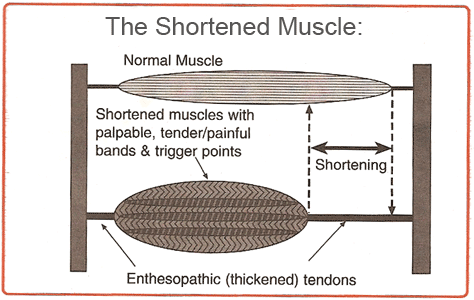
Intramuscular Stimulation (IMS) is an effective technique in treating chronic myofascial pain and neuropath pain. These types of pain conditions can arise when the nerves in the body become irritated and extra sensitive from pressure being placed on them from localized muscle spasms. A muscle that has been in spasm for a period of time can shorten, placing further pressure on the nerves, creating pain and movement restrictions in the body.
IMS uses acupuncture needles to release shortened bands of muscle resulting in a reduction in nerve irritation, muscle spasming, pain and movement restrictions.
Conditions that may benefit from IMS
Hip Pain & Stiffness
Lower Back Pain & Stiffness
Pelvis Pain
Knee Pain
Achilles Tendonitis
Ankle & Foot Pain
Post Surgical Pain & Stiffness
Recovery from a Car Accident
Chronic Pain Conditions
Reoccurring Injuries
Neck Pain & Stiffness
Headaches & Migraines
Jaw Pain
Frozen Shoulder
Midback Pain & Stiffness
Elbow & Wrist Pain
This list is not exhaustive. Other conditions also benefit from IMS.
What to Expect
During the initial assessment, a full medical history will be taken along with a discussion of a patients physical symptoms, concurrent therapies and goals for therapy. A detailed physical assessment of the painful or injured area will be occur. This examination will including assessing: joint restrictions and mobility, shortened and spasming musculature, spinal mobility, sensation in the injured area, functional movements and other assessment tests to determine the root cause of a patients pain.
Following the initial assessment, a complete review of the assessment findings and a discussion if IMS is the most effective treatment for a patient's injuries and recovery will occur.
During an IMS treatment, acupuncture needles are used to release shortened bands of muscle. When a needle enters a shortened muscle, it causes the muscle to cramp and then fully relax and lengthen. This is a natural reflex the occurs in spasming muscles and indicates that there is significant tension on the localized nerves. The relaxation and lengthening of the muscle releases localized tension, decreasing pressure and irritation on the nerves, resulting in a reduction of pain and muscle spasming.
IMS Treatment

Benefits of IMS
The muscles in our body attach onto different bones (such as the spine or ribs) and connective tissue. A muscle that is under chronic tension may spasm and shorten, pulling on the areas that it attaches to, creating pain and movement restrictions. A shortened muscle, also can increase pressure and tension on any nerves in the area, creating local nerve irritation and inflammation. This increased nerve pain and pressure can cause myofascial or neuropathic pain.

Image Source: iSTOP. Education : PAIN, A Comprehensive Definition. www.istop.org/education.html
IMS releases these shortened bands in the muscle, allowing it to relax and length, releasing any compression on local nerves. When a nerve is compressed by a shortened muscle, it becomes irritated and will creating pain, inflammation and further muscular spasm. IMS breaks this cycle of pain, spasm and inflammation, allowing for more optimal healing and recovery.
IMS also creates a increase in local circulation around the area that is needled. This increase in circulation can further assist in injury recovery by stimulating the bodies natural healing mechanisms, allowing the nervous system to return to a more balanced state and reducing neuropathic pain.
After Treatment
Every patient will respond differently to IMS. Some patient may experience mild soreness in the areas that were needled for 24-48 hours following an IMS treatment. When this soreness dissipates, most patients will notice a reduction of pain and inflammation and increase in mobility; however, complex injuries and persistent pain syndromes may require a few treatments before significant improvements are noticed.
If you have further questions or concerns regarding intramuscular stimulation (IMS), or if you are not sure if this is best type of treatment for your health care needs, please contact the clinic.
For more information on IMS, please visit:
The Institute for the Study and Treatment of Pain (ISTOP) or UBC Gunn IMS.
